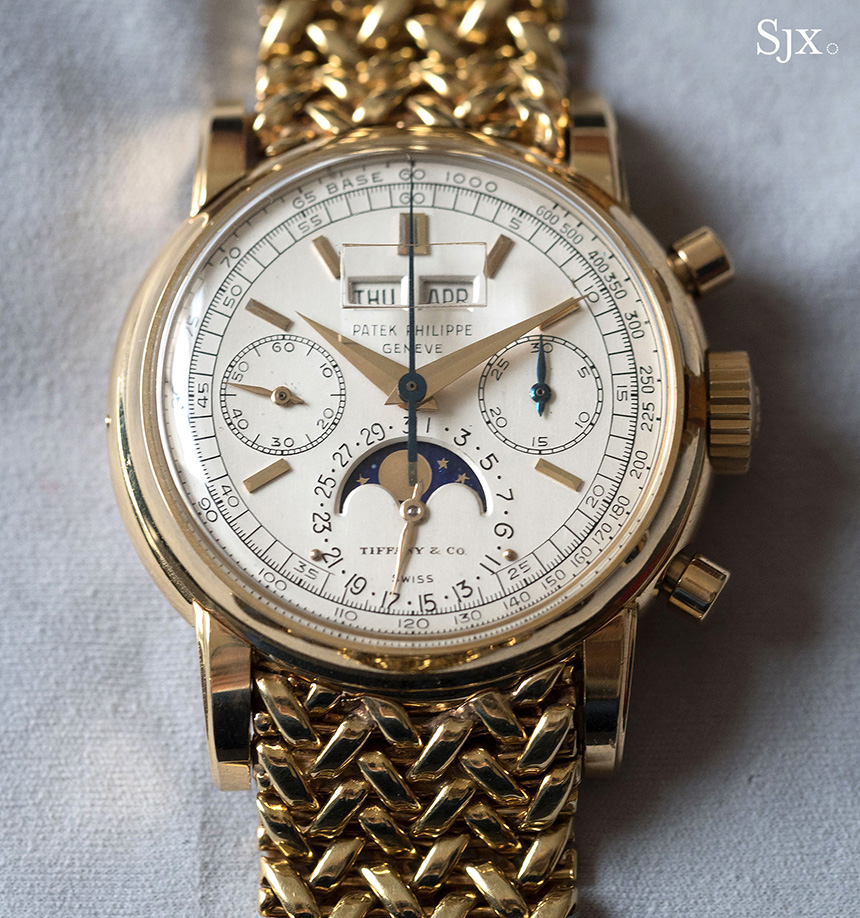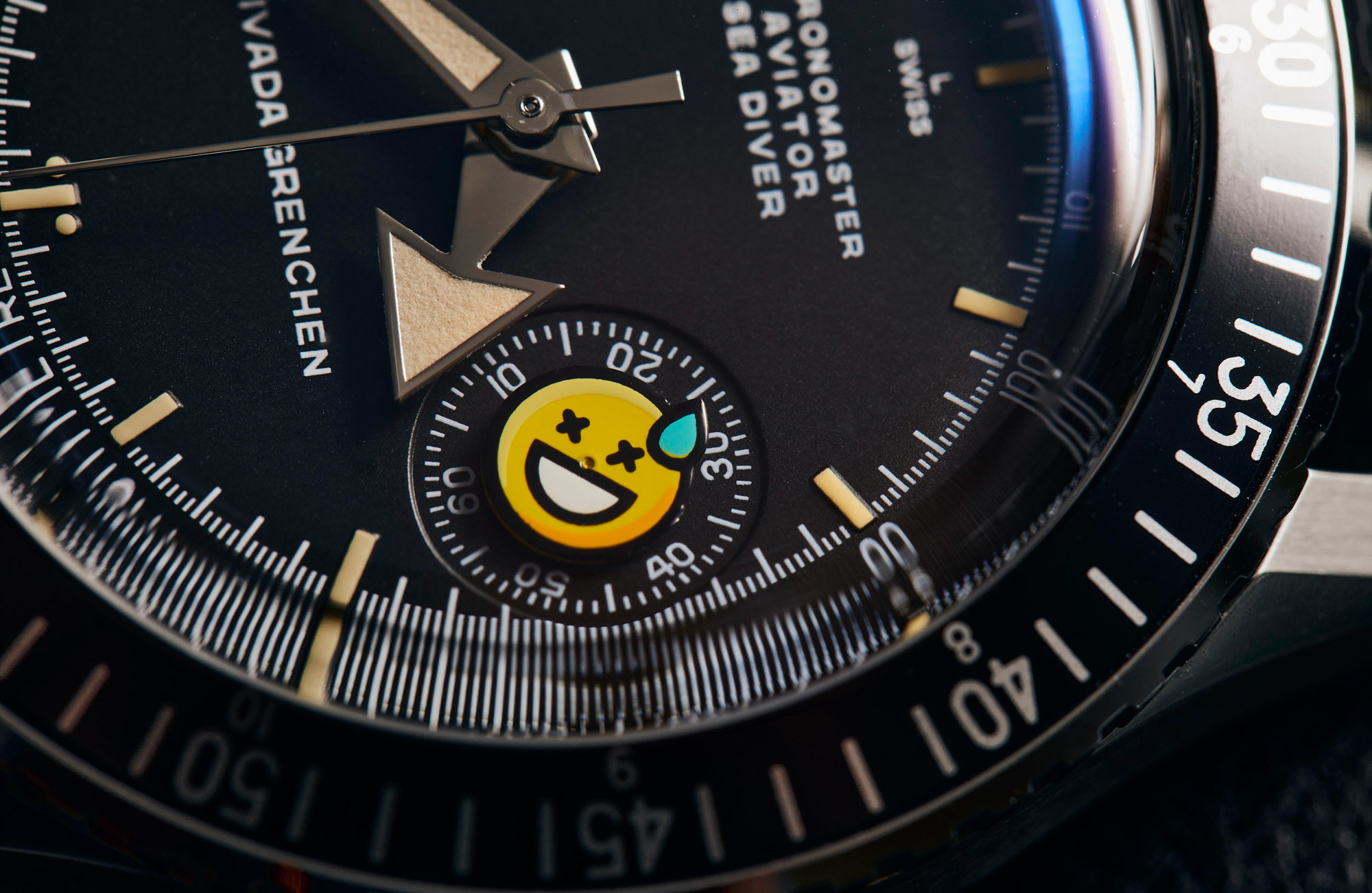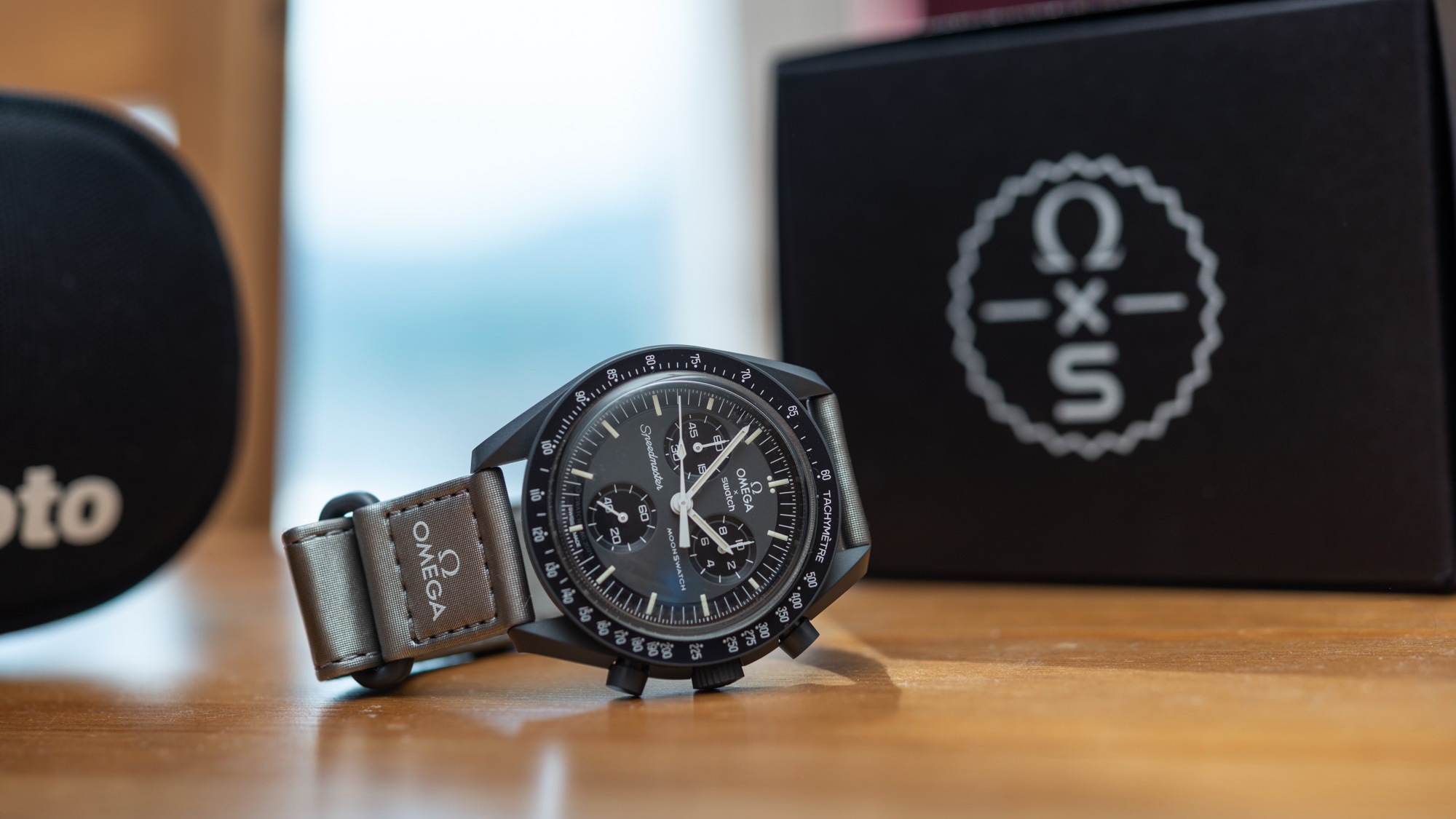It seems like every week, a new collaboration between a watch brand and an artist, foundation, publication, or other entity is released. This constant influx of new releases keeps the media on their toes, and it is no small feat to track — even for those of us working within the industry. How enthusiasts, whose watch hobby is relegated to leisure hours alone, stay up to date is beyond me. Let’s break down what is driving so many watch brands to partake in this trend.
Getting the obvious (and often suggested in the comments) out of the way first, collaborations are not being made because brands are running out of ideas, or they are short on designers. If this were the case, brands could scroll through social media apps, or just venture on over to the forums to sift through watch-nerdery and crude commentary, to find plenty of new suggestions that are ripe for the picking. If anything, collaborations are the opposite of a lack of ideas. An individual approaches a brand, or vice versa, because there is an abundance of ideas, and a unique collaborative release provides a more cohesive direction for design, an opportunity to express personalities that may not fit in the grand scheme of the brand, and allows both the brand and the collaborator to have fun.

Bringing together two unique partners benefits both parties, as they have an opportunity to reach each other’s audiences. This is often at a relatively low cost (depending on the project) for the manufacturer, while still benefitting both. Jaeger-LeCoultre recently announced a new collaboration with lettering artist Alex Trochut. Trochut created a custom alphabet, dubbed the “1931 Alphabet,” which is a bold Drt deco-style font that pairs well with plenty of Jaeger LeCoultre’s designs. This is a perfect recent example of a relatively low-cost collaboration that benefits both parties. Of course, customized engravings aren’t a new concept, and these barely scratch the surface (no pun intended) of the current collaborative landscape.
The most common iteration of collaboration is wildly simple and overwhelmingly popular: a customized dial of a current production model. Technically, it’s one of the oldest forms of collaboration in the watch industry, as well. The names of retailers, sponsors, or commissioners can often be found on a variety of watches. From jewelers like Bucherer, Tiffany & Co., and Türler, to the unexpected Dominos Pizza, watches with more than the original brand’s name are something special. However, this concept of a double-signed watch is becoming less restrained, and the most popular are becoming more and more collectible. Sure, the allure of having a high-end jewelry house name on your Rolex or Patek may be what many collectors pine for, but in today’s watch market, making a splash in the news can be the difference between a decade of success and immediate failure.

Making a unique product is half the battle, but making a product that’s equally or more desirable than the standard alternative is a whole different ballgame. This is where we return to the limited edition conundrum again. Producing additional variants in a limited quantity may create a false sense of urgency, resulting in a quick sale. It can also result in a diluted market full of unwanted SKUs. Having too many available options when a special collaboration doesn’t sell out immediately or ends up on the secondary market shortly after, may result in decision fatigue. Customers may find an alternative product altogether. But in the case of a successful collaboration, the buzz trickles out beyond the target audience and brings an entirely new set of customers into the market. I’m looking at you, Swatch x Omega Moonswatch. This was a collaboration (albeit within the conglomerate that is the Swatch group) that was so successful that it increased watch sales at both companies and made headlines around the world.
This epic launch is what every collaboration product aspires to be — a cultural movement that is unforgettable. But for every winning partnership, there are plenty of failures. Are we seeing too many collaborations? There is no correct answer, but when the wheels of production move at the speed of the watch industry, we will see public interest wane before collaborations stop coming.


